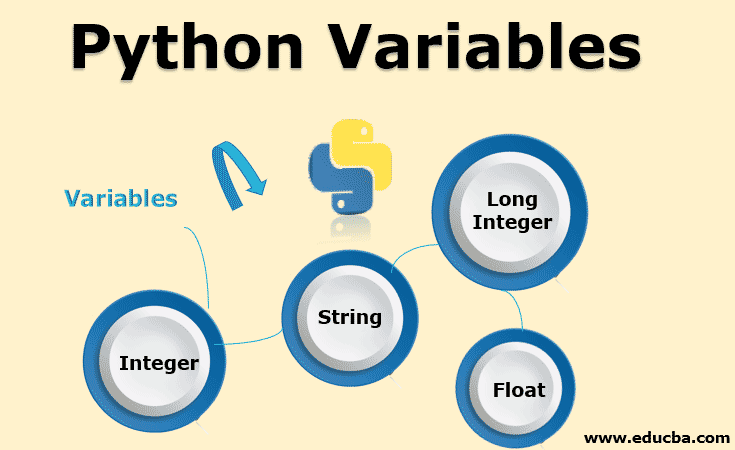Maximizing Your Earnings

Maximizing Your Earnings: A Guide to Using WhalesMining for Cryptocurrency Mining WhalesMining : A Comprehensive Guide to Understanding the World of Cryptocurrency Mining Cryptocurrency mining is a process that involves solving complex mathematical problems in order to verify and validate transactions on a blockchain network. This process allows for the creation of new blocks, the addition of transactions to the blockchain, and the release of new units of cryptocurrency. Mining requires significant computational power and electricity, which is why many individuals and organizations are turning to mining pools to increase their chances of earning rewards. One such mining pool is WhalesMining, a platform that offers a comprehensive solution for individuals and organizations looking to mine cryptocurrency. In this article, we will explore the world of WhalesMining, including its features, benefits, and how it can help you navigate the complex world of cryptocurrency mining. Features of W...

Comments
Post a Comment